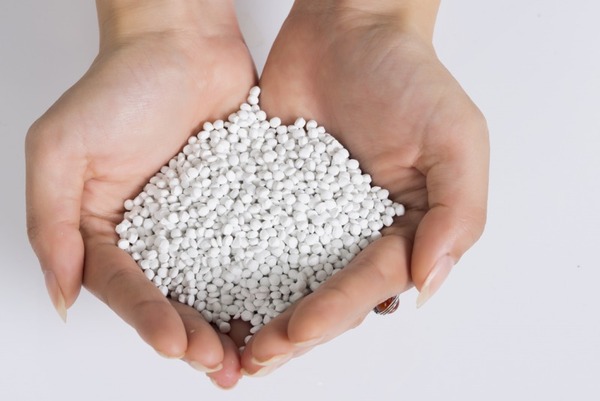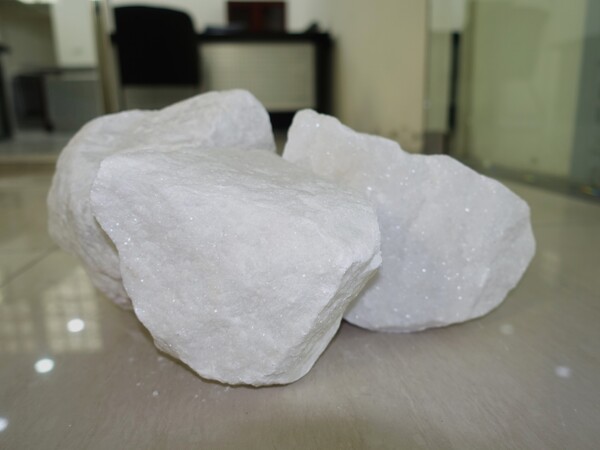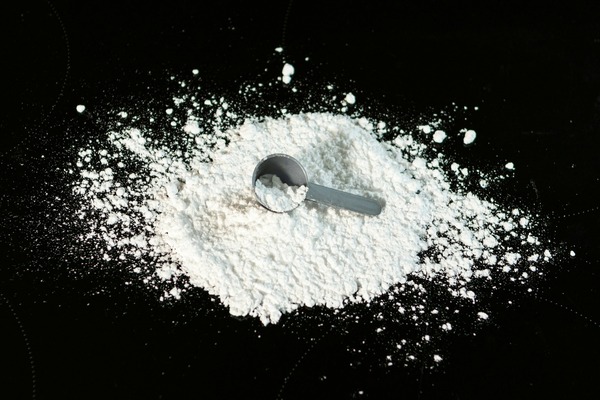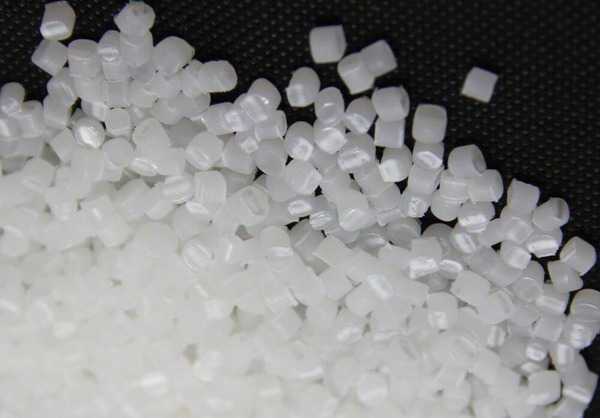BLOG
- Home
- Blog
- Plastic Polymer Composite Article
- What are fillers? Classification and applications of plastic fillers
What are fillers? Classification and applications of plastic fillers
August 14,2025

Fillers are materials that are added to improve product qualities.They are used in many industries to help companies reduce costs and increase production efficiency. So, what are fillers? How many types of plastic fillers are there? And how are they used? Let’s find out more with VNAPEX in the article below.
In nature, plastic fillers are divided into two main groups:
Plastic fillers are usually inorganic materials that help improve product quality.
Advantages:
Read more >>
What is plastic filler masterbatch?
What is limestone powder used for?
Calcium Carbonate is a popular plastic filler on the market.
Initially, talc powder was mainly added to polypropylene to increase product stiffness. However, over the past decade, the application range of talc has expanded significantly. In addition to polypropylene, talc is now used in other plastics such as polyethylene and polyamide to enhance heat resistance, improve dimensional stability, increase strength, and improve the molding ability of plastic products.
In the automotive industry, talc is often blended with polypropylene to replace metal components such as bumpers, air ducts in the interior, and decorative panels. In addition, talc is also found in engineering plastics and household appliances. Another important application is its use as an anti-blocking agent in polyethylene film production, which prevents film layers from sticking together and improves the efficiency of plastic packaging.
Key benefits of Talc Powder:
Read more >>
Learn about the application of talc powder used in paint
What are the characteristics of super fine talc powder?
Talc powder is highly valued for its high heat resistance and water resistance.
In common plastics such as polypropylene (PP) and polystyrene (PS), barium sulfate can be added at levels of up to 70%, significantly increasing the material’s density without affecting its processability. The use of this filler offers several outstanding benefits, including improved resistance to acids and alkalis, as well as enhanced opacity and stability of the final product.
Barium sulfate is an indispensable filler in high-tech applications.
Beyond its aesthetic advantages, sodium sulfate also plays an active role in enhancing the mechanical properties of plastic products. With excellent dispersion in polymer matrices, this filler helps improve tensile strength, thermal stability, and material consistency after processing. Moreover, its environmentally friendly and non-toxic composition makes sodium sulfate a sustainable choice for modern plastic applications, meeting the growing demands for safety and environmental protection.
Common applications of sodium sulfate filler in the plastics industry include:
Sodium sulfate filler delivers impressive technical performance and is in line with sustainable development trends
With more than 50 years of establishment and development, VNapex has become one of the leading manufacturers and suppliers of filler masterbatch in Vietnam and the region. We provide a variety of fillers such as: calcium carbonate (CaCO₃), talc powder, barium sulfate, sodium sulfate..., fully meeting the needs of the packaging, construction and high-tech industries. Each product is strictly researched and tested to ensure optimal processing efficiency and output quality for customers.
If you need technical advice or order high-quality Talc fillers, do not hesitate to contact VNapex to own products with the most optimal performance.
VNapex provides high quality plastic fillers with a variety of types.
What are plastic fillers and why should they be added to plastic products?
Plastic fillers are fine particles or powders added during the plastic manufacturing process to reduce material costs and improve certain technical properties of the final product. Adding fillers not only helps businesses optimize production costs but also provides several performance benefits. Specifically, some types of fillers can enhance tensile strength, improve toughness, increase heat resistance, and also help improve the color and transparency of plastic products.In nature, plastic fillers are divided into two main groups:
- Inorganic fillers (also known as minerals) include calcium carbonate (limestone), magnesium silicate (talc), calcium sulfate (gypsum), mica, calcium silicate, barium sulfate, and kaolin (China clay).
- Organic plastic fillers include bark powder, seed powder, chicken feathers, and rice husks.

Plastic fillers are usually inorganic materials that help improve product quality.
Common Types of Fillers on the Market and Their Applications
Plastic is one of the segments that consumes the largest amount of filler materials. Among the many types of plastic fillers, below are the 4 most common materials used in the plastic industry.Canxi Cacbonat (CaCO₃)
Calcium carbonate filler is one of the most common types of plastic fillers. In nature, it is a major component of shells, eggshells, and pearls. The most well-known sources of calcium carbonate are quarries of limestone or marble. As a plastic filler, calcium carbonate may reduce the overall strength of the material, but it increases tensile modulus and density. It also provides opacity and surface gloss, improves impact resistance, and acts as a processing aid, making the manufacturing process more efficient.Advantages:
- It increases the volume, helping reduce the cost of main raw materials.
- It improves whiteness and brightness, and increases product hardness.
- It helps control the product’s viscosity and flowability.
- It is stable in alkaline environments – suitable for industrial coatings.
Read more >>
What is plastic filler masterbatch?
What is limestone powder used for?

Calcium Carbonate is a popular plastic filler on the market.
Bột Talc
Talc (Mg₃Si₄O₁₀(OH)₂) is one of the softest minerals known today. With its characteristic layered crystal structure, talc appears white to light gray, has high heat resistance, is water-repellent, and is almost chemically inert.Initially, talc powder was mainly added to polypropylene to increase product stiffness. However, over the past decade, the application range of talc has expanded significantly. In addition to polypropylene, talc is now used in other plastics such as polyethylene and polyamide to enhance heat resistance, improve dimensional stability, increase strength, and improve the molding ability of plastic products.
In the automotive industry, talc is often blended with polypropylene to replace metal components such as bumpers, air ducts in the interior, and decorative panels. In addition, talc is also found in engineering plastics and household appliances. Another important application is its use as an anti-blocking agent in polyethylene film production, which prevents film layers from sticking together and improves the efficiency of plastic packaging.
Key benefits of Talc Powder:
- Improves surface smoothness, making the coating more even and glossy.
- Disperses color pigments effectively, reducing sedimentation.
- Enhances adhesion and product stability.
- Provides high heat resistance and minimizes chemical reactions under harsh conditions.
Read more >>
Learn about the application of talc powder used in paint
What are the characteristics of super fine talc powder?

Talc powder is highly valued for its high heat resistance and water resistance.
Barium sulfate filler
Barium sulfate (BaSO₄) is an inorganic compound that is odorless, insoluble in water, and chemically stable. With its dense crystal structure and high specific gravity, barium sulfate is commonly used as a filler in the plastics industry, especially in applications that require increased material density, such as mass damping systems.In common plastics such as polypropylene (PP) and polystyrene (PS), barium sulfate can be added at levels of up to 70%, significantly increasing the material’s density without affecting its processability. The use of this filler offers several outstanding benefits, including improved resistance to acids and alkalis, as well as enhanced opacity and stability of the final product.

Barium sulfate is an indispensable filler in high-tech applications.
Sodium sulfate filler
Sodium sulfate (Na₂SO₄) is a common inorganic compound characterized by its distinctive physical properties: a white, odorless, tasteless, non-toxic powder that dissolves easily in water. With its safety features and cost-effectiveness, sodium sulfate is increasingly favored in the plastics industry as an efficient filler, especially for products that require high transparency.Beyond its aesthetic advantages, sodium sulfate also plays an active role in enhancing the mechanical properties of plastic products. With excellent dispersion in polymer matrices, this filler helps improve tensile strength, thermal stability, and material consistency after processing. Moreover, its environmentally friendly and non-toxic composition makes sodium sulfate a sustainable choice for modern plastic applications, meeting the growing demands for safety and environmental protection.
Common applications of sodium sulfate filler in the plastics industry include:
- LLDPE agricultural and plant films: used at a ratio of 5–30% to improve gloss and transparency.
- LLDPE stretch films: used at 5–15% to enhance tear resistance and improve appearance.
- Translucent HDPE films: added at 5–40% to increase rigidity and reduce raw material costs.
- Transparent LDPE films: used at 5–15% to enhance smoothness, gloss, and processability.

Sodium sulfate filler delivers impressive technical performance and is in line with sustainable development trends
VNapex - A Leading Supplier of Plastic Fillers
In the context of the constantly developing plastic industry, the demand for fillers and reinforcing fillers is increasing, especially in key areas such as construction, transportation, household appliances, electronic equipment, furniture and packaging.With more than 50 years of establishment and development, VNapex has become one of the leading manufacturers and suppliers of filler masterbatch in Vietnam and the region. We provide a variety of fillers such as: calcium carbonate (CaCO₃), talc powder, barium sulfate, sodium sulfate..., fully meeting the needs of the packaging, construction and high-tech industries. Each product is strictly researched and tested to ensure optimal processing efficiency and output quality for customers.
If you need technical advice or order high-quality Talc fillers, do not hesitate to contact VNapex to own products with the most optimal performance.

VNapex provides high quality plastic fillers with a variety of types.
In general, fillers are not only components that help reduce product costs but also contribute to significantly improving the mechanical, thermal and durability properties of plastic materials. Hopefully, this article has helped you understand what fillers are, their uses and the common types of plastic fillers today. If you need in-depth advice on plastic fillers, do not hesitate to contact VNapex - the leading reliable supplier of plastic additives solutions!
Article Classification
Recent Articles
- What is limestone powder? Applications of limestone powder
- What is filler masterbatch resin? How is it applied?
- Top 10 types of plastics used in injection molding technology
- What are fillers? Classification and applications of plastic fillers
- What are plastic additives? 11+ common types of plastic additives
